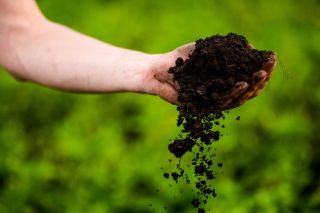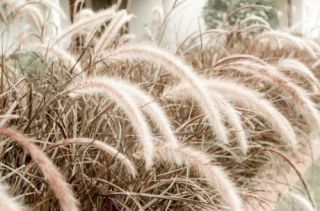
Test your soil now to get to know it and understand fully what it is capable of. You can do two types of test to find out about what’s under your feet: the texture test, and a simple pH test using a kit from the garden centre here in Bitton and Warminster, which will tell you how acid or alkaline your soil is.
Start with a texture test, to tell you what your soil is made of – sand, silt, or clay. Take a handful of damp soil, and rub it in your hands. If you can make a ball which holds together easily, you have soil with a high clay content: great news for your plants, as clay soils hold on to nutrients well, but bad news for your back as they are also heavy to dig. Sandy soils feel gritty and crumble easily; these drain freely and are easy to work, but they tend to be ‘hungry’, needing lots of rich organic matter to keep soil nutrients high. If your soil feels soapy, it’s silt: this is riverbed soil, rich in nutrients but also well drained, a little like the best of both worlds.
The pH test takes minutes to do but will tell you a wealth of information about your soil. Simply spoon some of your garden soil into a test tube, add the indicator solution and give it a good shake. Give it time to settle and you’ll notice the solution gradually changing colour.
The redder the colour, the more acidic your soil. A pH of 7 (green on the card) is neutral and will grow most kinds of plant. Soil with a pH of 6.5 or below is acidic and will grow fantastic rhododendrons, camellias and roses. Alkaline soils, with a pH above 7, are often chalky; lime-loving plants include irises, peonies and clematis.




